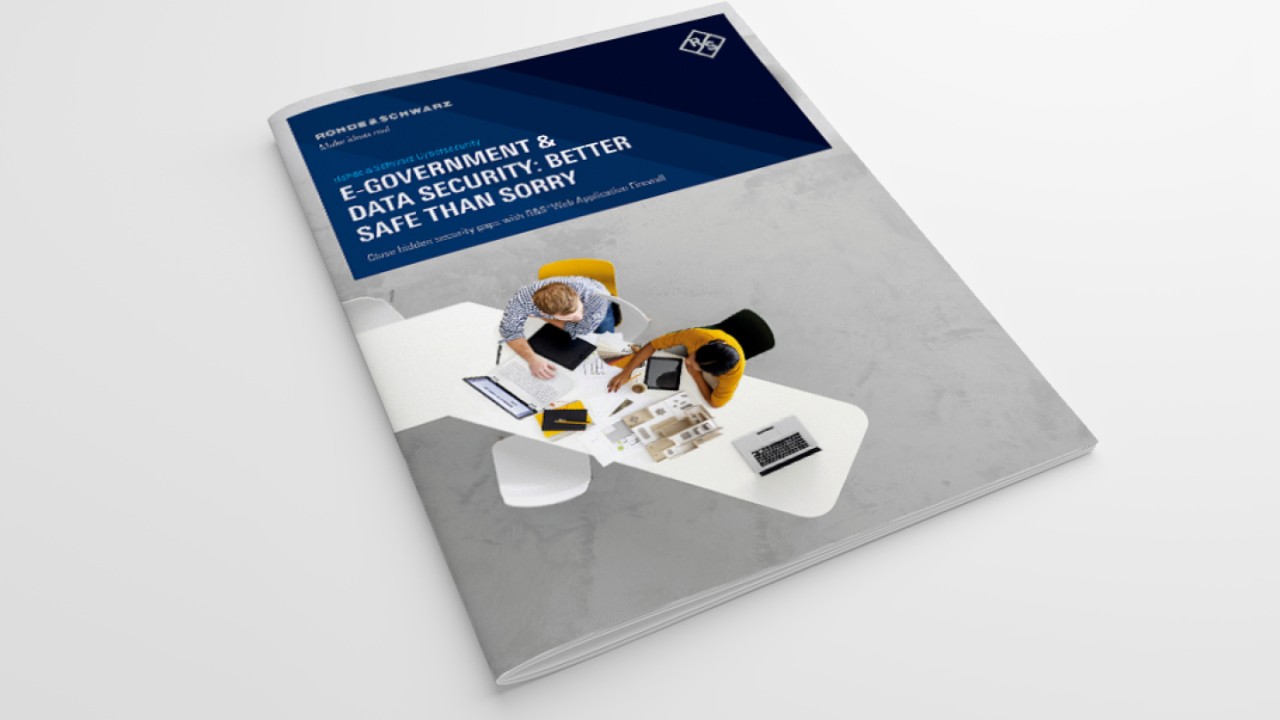Closing the gap between business and the public sector with OZG
Digitalization is not a long-term vision, but a fact. But where do we stand with digitalization in public authorities and governmental institutions? Citizens in Germany take the digital world for granted and no longer want to carry out activities such as applying for an identity card, passport, birth certificate etc. at the local citizen's office, but rather from the comfort of their own home via PC or smartphone. This is a challenge for the state: In 2017, the Online Access Act (OZG) came into effect. An essential step to close the gap between developments in the private and public sectors.
General conditions of the OZG
The long title of the OZG is "law to improve online access to administrative services". It was enacted on August 18th, 2017 as §9 of the Act on the Reform of the Federal Financial Equalization System and came into force on August 18, 2017. It obligates the federal and state governments that all administrative services must be available online by 2022. This applies to the federal, state and local governments and comprises a total of 575 individual services.
Individual services at state and municipal level include:
- Car registrations
- Relocation notifications
- Applying for birth certificates
At the federal level, the following services, among others, are to be fulfilled digitally:
- Applying for unemployment, housing or child benefit
- Request for a certificate of good conduct
If you have further questions please contact us.






